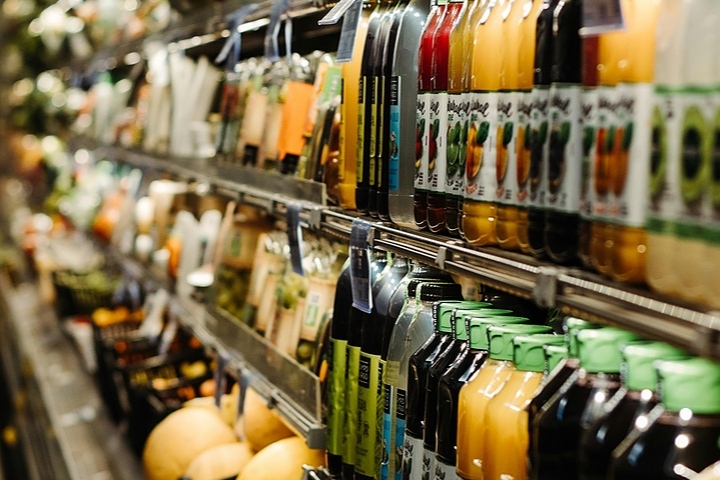PET RECYCLING
EPBP releases design guidelines for PET bottles, non-food products
— By Plasteurope.com staff —
The European PET Bottle Platform (EPBP; www.epbp.org) has said it encourages packaging designers, converters, and users to adhere to its Design for Recycling guidelines when developing new products. The guidelines were established to enhance the efficiency of recycling PET bottles within a closed-loop system. Examples of these types of non-food products are those used for home and personal care.
The European PET Bottle Platform (EPBP; www.epbp.org) has said it encourages packaging designers, converters, and users to adhere to its Design for Recycling guidelines when developing new products. The guidelines were established to enhance the efficiency of recycling PET bottles within a closed-loop system. Examples of these types of non-food products are those used for home and personal care.
 EPBP strongly encourages the use of its Design for Recycling guidelines for PET bottles in contact with non-food products (Photo: Pexels/Eduardo Soares) |
According to EPBP, food-grade rPET produced using current suitable recycling technologies can only use PET food containers as feedstock if they comply with Regulation (EU) No. 10/2011. Acceptable feedstocks include PET food containers sourced from municipal waste, food retailers, or other food businesses, provided they were exclusively intended for and used in contact with food. PET containers that have been in contact with non-food products are permitted, but they must not exceed 5% of the total feedstock.
EPBP is a voluntary industry initiative that provides guidelines for PET-bottle recycling and evaluates packaging solutions and technologies for PET bottles. Its design guidelines are published in the form of recommendations and are not binding.
Related: EPBP issues design guidelines for opaque white bottles
The EPBP guidelines classify materials used in PET bottles into three categories based on their impact on the current European PET recycling process: fully compatible, partially compatible, and minimally compatible.
It also said materials that failed the testing protocol purely as a result of a negative impact on the visual aspects of recycled PET (such as colour and haze) may be classified in a different category within the clear/light blue PET stream and the coloured PET stream. Its panel of experts has, therefore, established a set of design for recycling guidelines for the different types of PET bottles in the value chain.
15.01.2025 Plasteurope.com [257063-0]
Published on 15.01.2025
